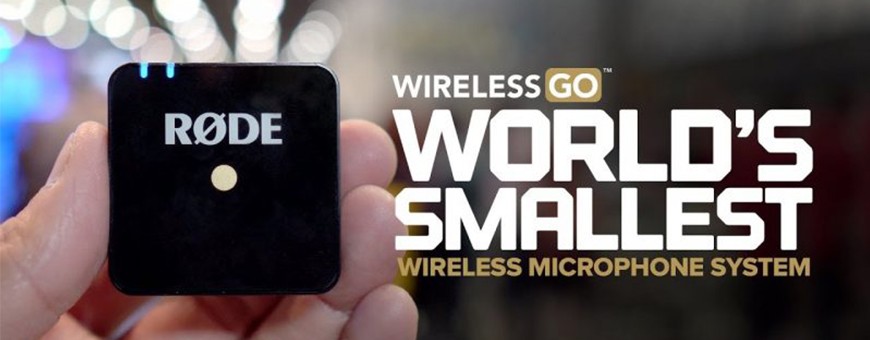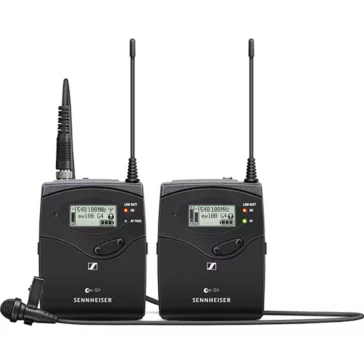

Showing 1–24 of 108 results
























The Evolution and Importance of Wireless Microphones in Modern Technology
In the realm of audio technology, the wireless microphone stands as a testament to innovation and convenience. From its humble beginnings to its current state-of-the-art designs, this device has revolutionized the way we capture and transmit sound.
The Dawn of Wireless Sound
The inception of the wireless microphone can be traced back to the mid-20th century. Before its advent, microphones were tethered by cables, limiting mobility and often leading to tangled messes. The introduction of the wireless microphone changed the game, offering freedom of movement and a cleaner stage appearance.
How Do They Work?
At its core, a wireless microphone system consists of two main components: the transmitter and the receiver. The microphone captures sound waves, converting them into electrical signals. These signals are then transmitted via radio waves to a receiver, which decodes them and outputs the sound.
Applications in Modern Times
The versatility of wireless microphones is evident in their widespread use:
Live Performances: Artists and performers no longer feel tethered to one spot, allowing for dynamic stage presence.
Broadcasting: News reporters utilize wireless microphones for on-the-spot reporting, ensuring clarity without the hassle of cables.
Corporate Events: Presentations and conferences benefit from the mobility and clarity offered by wireless systems.
Choosing the Right Wireless Microphone
When selecting a wireless microphone, consider the following:
Frequency Range: Ensure the microphone operates within a clear frequency range to avoid interference.
Battery Life: For prolonged use, a long battery life is crucial.
Range: Depending on the application, the operational range can be a deciding factor.
The Future of Wireless Microphones
With advancements in technology, the future holds promise for even more compact designs, longer operational ranges, and clearer sound quality. As we move towards a more connected world, the wireless microphone will undoubtedly continue to play a pivotal role in audio technology.
Cloud-based mobile apps in 2023 provide secure functionality across various devices. They ensure increased computing power, enhanced storage, and loading capacity, and offer streamlined operations. The integration of cloud technology allows for seamless updates and data access across devices.
Personalization in mobile e-commerce in 2023 is about tailoring the shopping experience to individual user preferences. With the availability of vast data, platforms can offer product recommendations and shopping experiences customized to each user, enhancing user engagement and sales.
The top mobile technology trends in 2023 include a focus on security & privacy, the integration of AI and ML for enhanced app functionalities, the rise of mobile augmented reality, the rapid adoption of 5G networks, and the integration of mobiles with IoT and smart home devices.
5G technology in 2023 is set to revolutionize the mobile landscape by offering faster download speeds and seamless online experiences. It promises low latency, making real-time communication and online gaming smoother. The rollout of 5G networks also supports the growth of IoT and smart home integrations.